We had planned to go to the Mingeikan Crafts Museum, which involved taking a subway from Minowa to Ueno Park, then another one from Ueno to Shibuya, and, finally, a train from Shibuya to Komaba-Todaimae. In the course of this, I made use of my brand new kanji expertise. Certain pictograms appear over and over, like the word for town or bridge. One word at a time, I'm becoming literate. Makes me appreciate how hard it is for schoolchildren!
The other thing that happened was that people on the train wore clothing. This may seem trivial, but Camilla does not take clothing lightly. She is on full alert in groups of people, staring at their shoes, the cut of their jackets, and so on. In this case, there was an interesting ensemble and while I got off the train, she did not. At that moment, we realized that we do not have cell phones or a backup plan. Luckily, order and calm prevailed, and Camilla simply took a return train back to the correct station.
That was not the end of such events, though. Now, we had instructions, but they were misleading. "Walk out of the station and under the tracks and turn left." Well, there are two ways out of the station, and if you go the way we went, you are on the other side of the tracks so if you go under the tracks, you are now on the wrong side. It was a good thing, though, because we got to talk to a lot of people about our issues. The neighborhood was pleasant, with narrow streets, sweet old houses, bookstores, cats, geraniums, and stern signs in red with exclamation points. We bought sesame bread and something weird in a bakery, and that old lady was happy to explain, at length, about how to get to the crafts museum. With the map she drew, we retraced our steps and finally found the place. In the pleasant parking lot, we sat under a tree and ate lunch, listening to birdsong that reminded us of the zoo. Ahh.
Now for the museum. Closed.
All right then. Maybe they were taking a lunch break. We wandered around, and found a narrow path between houses that led to a park, which I think might belong to the University of Tokyo. It was small, but swarming with birds and old ladies. We sat, cheerful but suddenly exhausted.
Much later, we retraced the last leg of the journey back to Shibuya, and got out to experience the intense, crowded street life. Very loud pop music, advertisements, and street barkers competed for decibel dominance. People swarmed everywhere, and so did we. Department stores in Japan house many small businesses instead of being owned by one overarching business. We poked around in one, finding things like diamond studded telephones in the shape of skulls, and belly button studs. There were topless sushi restaurants, a small shrine guarded by stone foxes, and people with turquoise hair.
We had a snack at an Italian cafe and sat near a couple of burly French guys with oiled hair. From their very loud French conversation, we thought they might be pimps with a stable of very young teenagers. However, there is a lot of teenaged prostitution in Japan, called "enjo kosai" or "compensated dating." It's not necessarily coercive, or so it seems.
Time to go to Ginza, a more frumpy part of town. We got out of the subway station at the iconic Ginza Clock Tower, which was festooned with Christmas lights. In fact, the entire street was being blasted with Christmas music. Unlike Shibuya, this cheer seemed a little forced. Not that many shoppers were out, and the stores didn't have the frenetic energy we saw at Shibuya. We went inside the Clock Tower Building, and, aside from the shop assistants and leather purses or single scarves exhibited in glass cases, all the floors were eerily empty. Outside again, we wandered the streets, finding really good French couture houses interspersed with smaller shops. Nobody seemed to be doing enough business to support themselves. Tuesday night? Or economic recession?
We finished off our tourism business by sitting in Ueno Park at a fountain and getting picturesquely fountained on. Then, dinner from a 7-ll, half a movie (White Oleander, I don't recommend it though it was well done), a a jacuzzi, and bed.
Kanji of the day: Town - 町, a rice paddy and the symbol for "block."
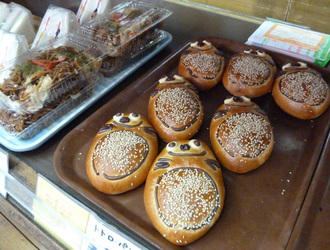
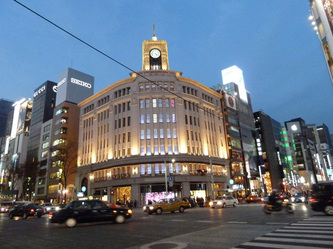
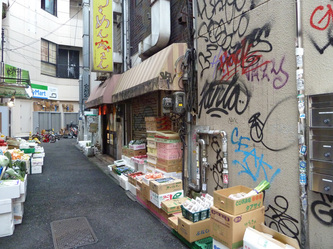
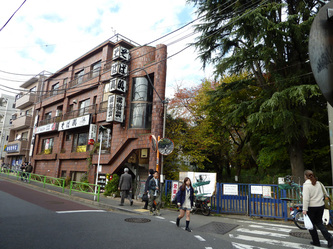
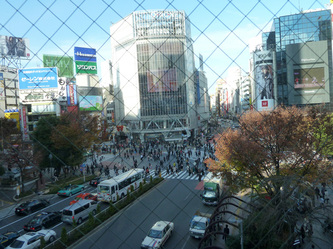
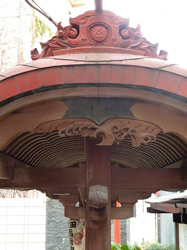
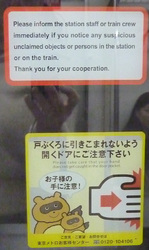
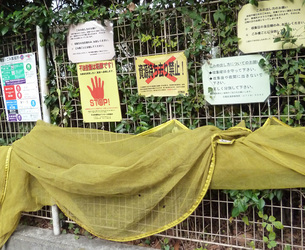
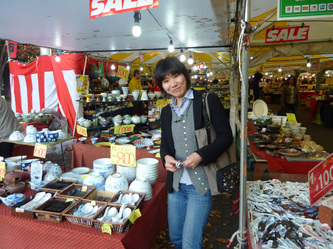
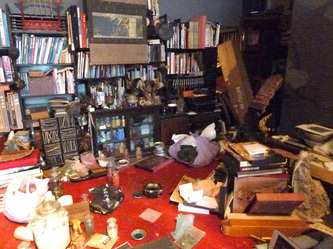
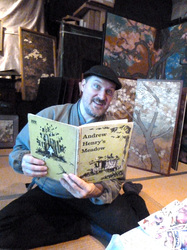
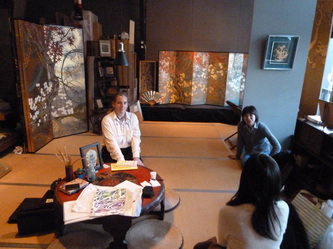
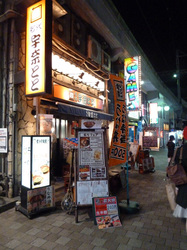
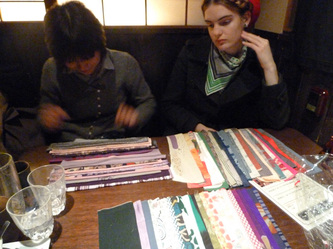
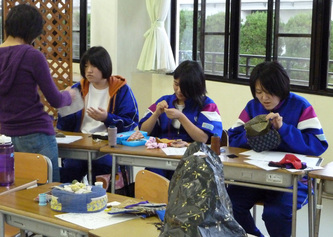
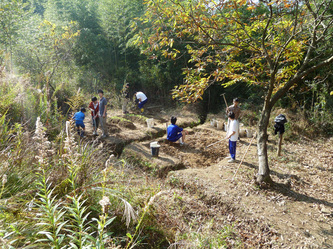
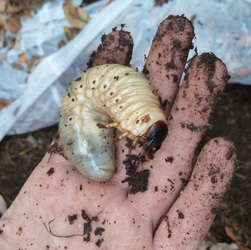
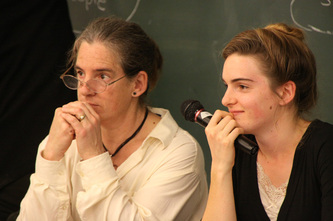
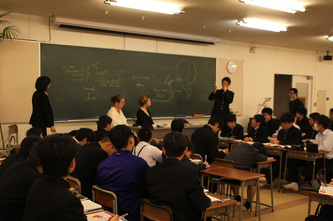
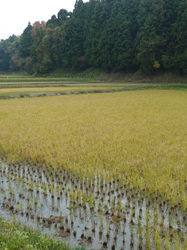
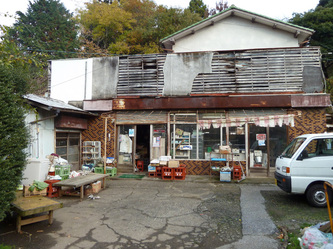
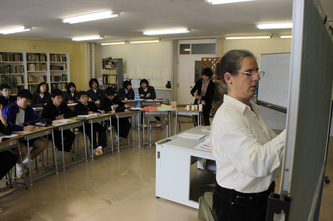
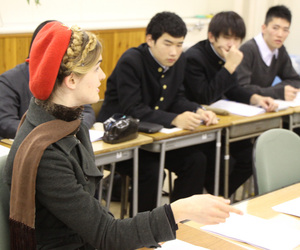
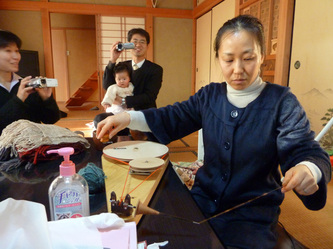
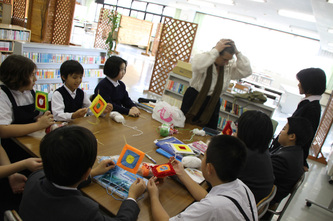
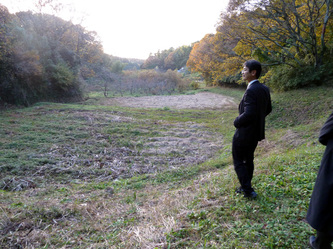
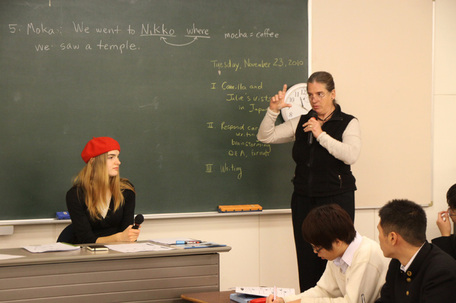
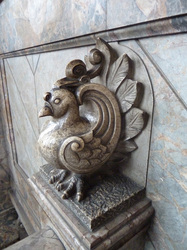
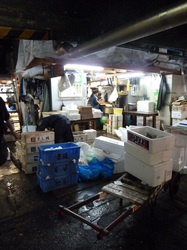
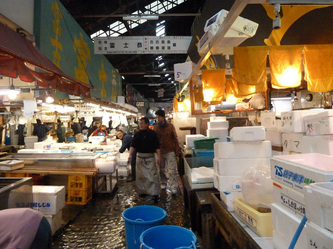
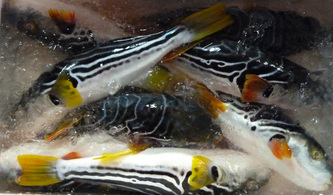
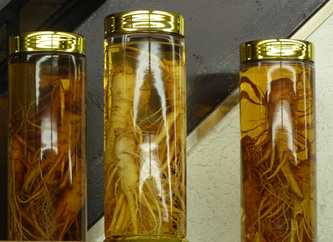
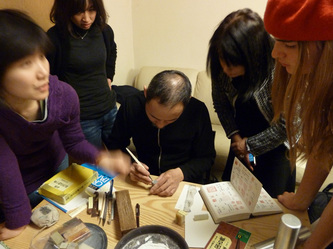
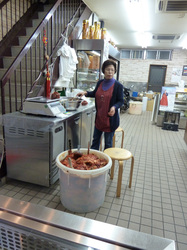
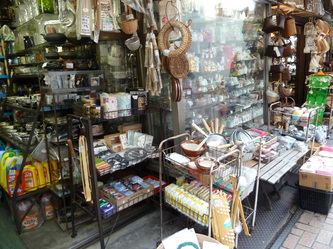
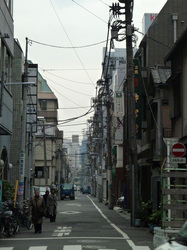
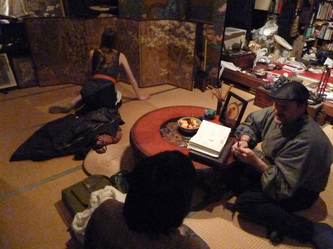
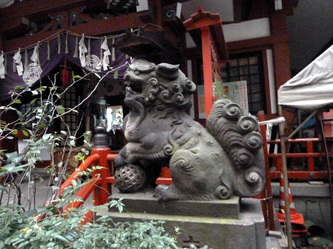
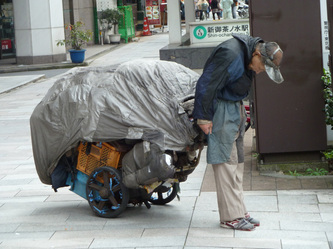
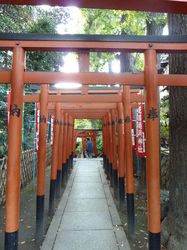
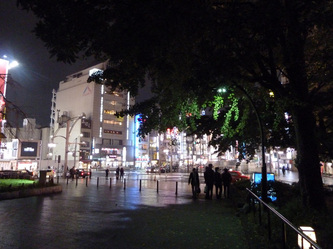
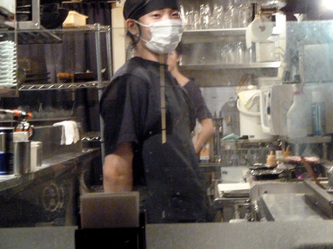
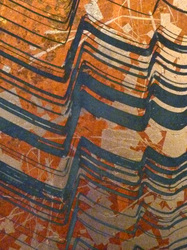
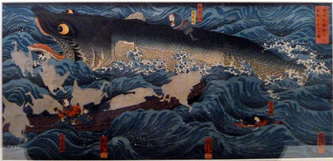
 RSS Feed
RSS Feed
